DENVER — Nearly all of Colorado is under a smoky haze Thursday as wildfires continue to burn thousands of acres on the Western Slope. A map from the National Oceanic and Atmospheric Administration (NOAA) shows dense smoke spreading statewide, prompting multiple air quality alerts.
Where Are the Fires?
Several wildfires on the Western Slope remain largely uncontained after burning for over a week. As a result, the Colorado Department of Public Health and Environment (CDPHE) has issued:
-
An Air Quality Health Advisory for Mesa, Delta, and Montrose counties through Friday morning.
-
An Ozone Action Day Alert for the Denver metro area through 4 p.m. Thursday.
What Is Vertically Integrated Smoke?
According to NASA, this refers to all smoke in a vertical column of air, not just what you see at ground level — it includes high-altitude smoke that tints sunrises and sunsets. NOAA’s HRRR-Smoke model, developed in Boulder, is predicting this kind of smoke will blanket most of Colorado at various times Thursday.
This model helps forecast visibility issues, temperature changes, and wind patterns due to wildfire smoke. It’s also being used to build more accurate air quality prediction tools, including ozone and pollutant tracking.
Small Relief on the Western Slope
While smoke levels remain moderate to heavy, officials say there’s some good news:
-
Humidity is rising, and cloud cover is increasing, both of which could help slow fire activity.
-
Winds are also weaker, which means less smoke drift to distant areas.
“We are not expecting heavy, soaking rainfall,” state officials noted, “but these small changes could reduce smoke production.”
Ozone Alert in Denver Area
The Denver metro and parts of the northern Front Range — from west Denver to Fort Collins — are under an ozone alert due to hot, breezy conditions.
-
Ozone levels may reach unhealthy levels for sensitive groups.
-
Active children, adults, and those with lung conditions (like asthma) are advised to limit outdoor activity until Thursday evening.
Additionally, fine particulate matter (PM2.5) levels will be in the moderate range, meaning people especially sensitive to air pollution should also limit exertion.
Bottom Line
-
Check air quality alerts regularly if you’re in Colorado.
-
Limit outdoor activity if you’re in an affected zone — especially if you’re at risk.
-
Keep an eye on updates from CDPHE and NOAA as conditions may shift quickly.
Stay safe and protect your lungs — this wildfire season is far from over.
This article has been carefully fact-checked by our editorial team to ensure accuracy and eliminate any misleading information. We are committed to maintaining the highest standards of integrity in our content.

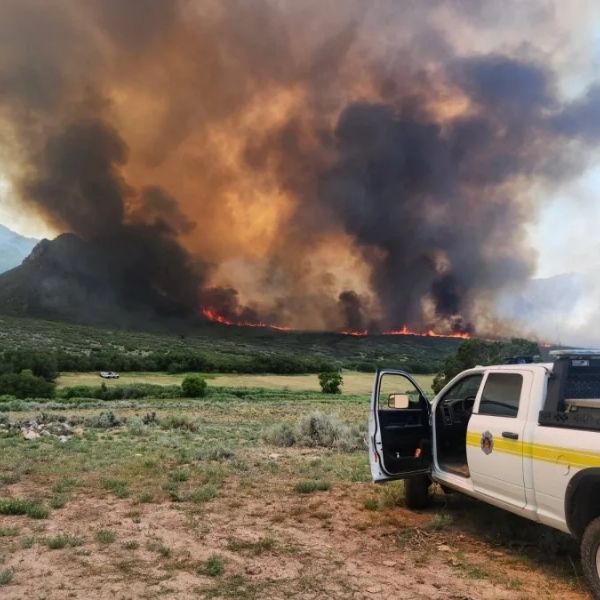


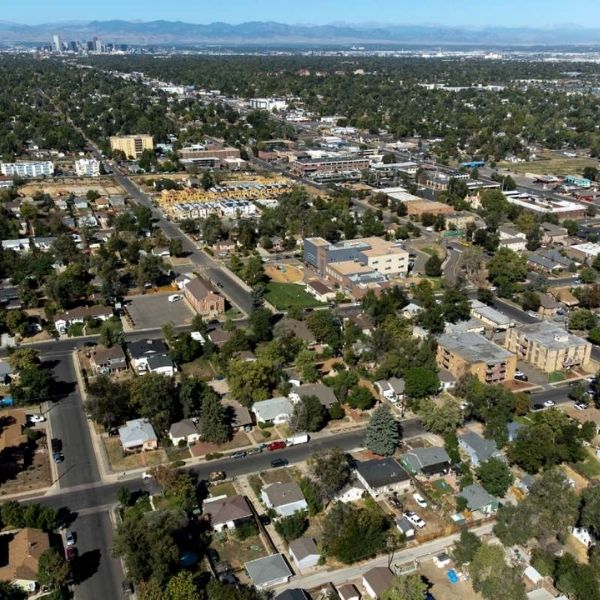
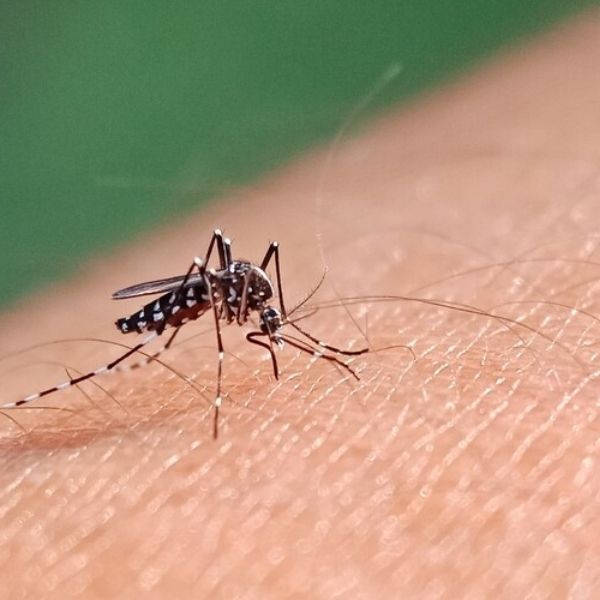

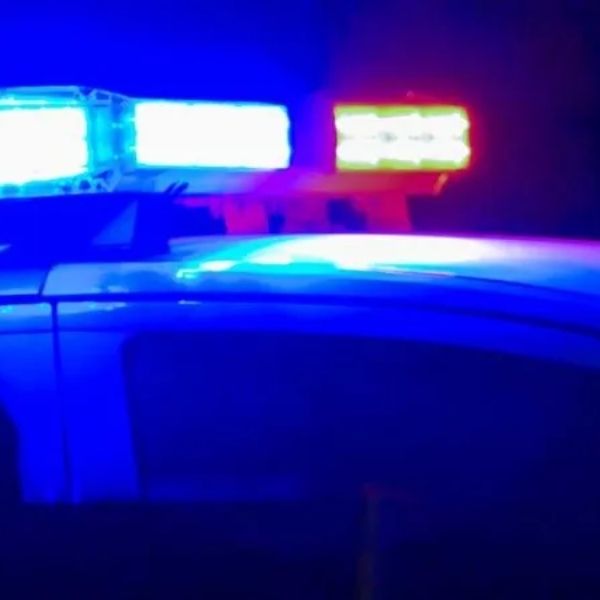

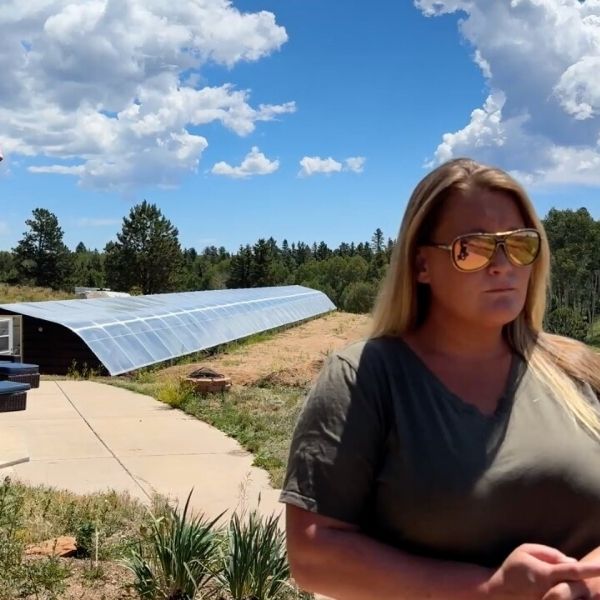

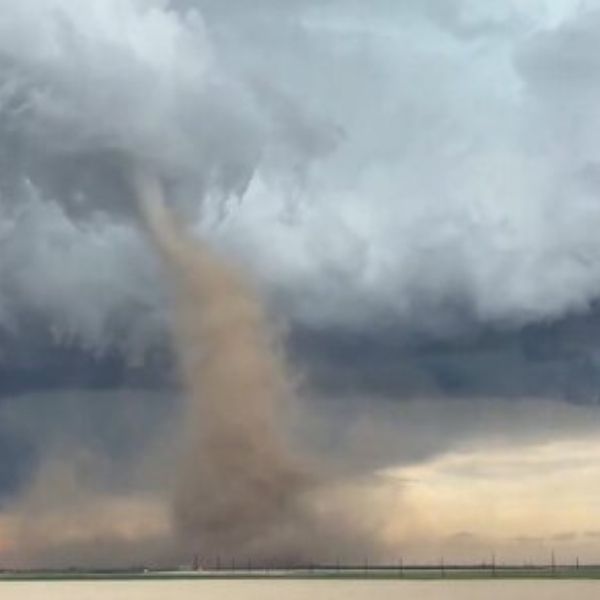




Leave a Reply